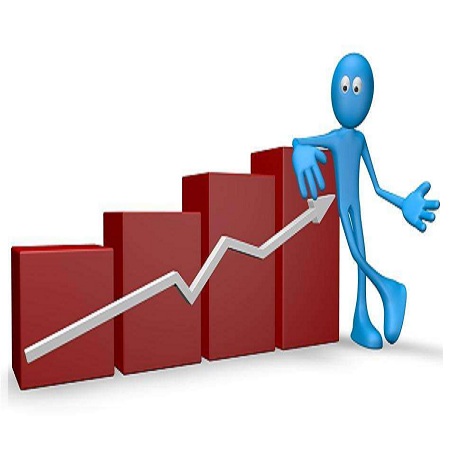Body measurements, including weight and height, are key indicators of health. Being able to visually assess body measurements reliably is a step towards increased awareness of overweight and obesity and is thus important for public health. Nevertheless it is currently not well understood how accurately humans can assess weight and height from images, and when and how they fail. To bridge this gap, we start from 1,682 images of persons collected from the Web, each annotated with the true weight and height, and ask crowd workers to estimate the weight and height for each image. We conduct a faceted analysis taking into account characteristics of the images as well as the crowd workers assessing the images, revealing several novel findings: (1) Even after aggregation, the crowd's accuracy is overall low. (2) We find strong evidence of contraction bias toward a reference value, such that the weight (height) of light (short) people is overestimated, whereas that of heavy (tall) people is underestimated. (3) We estimate workers' individual reference values using a Bayesian model, finding that reference values strongly correlate with workers' own height and weight, indicating that workers are better at estimating people similar to themselves. (4) The weight of tall people is underestimated more than that of short people; yet, knowing the height decreases the weight error only mildly. (5) Accuracy is higher on images of females than of males, but female and male workers are no different in terms of accuracy. (6) Crowd workers improve over time if given feedback on previous guesses. Finally, we explore various bias correction models for improving the crowd's accuracy, but find that this only leads to modest gains. Overall, this work provides important insights on biases in body measurement estimation as obesity related conditions are on the rise.
翻译:身体测量,包括体重和身高,是健康的关键指标。 能够可靠地对身体测量进行视觉评估,是提高超重和肥胖意识的一个步骤,因此对公众健康很重要。 然而,目前还不能很好地理解人类如何准确地评估图像的重量和身高,以及它们何时和如何失灵。 为了缩小这一差距,我们从从从网络上收集的1 682张人的照片开始,每个图像都有真正的重量和身高附加注释,要求人群工人估计每张图像的重量和身高。 我们进行面对面分析,同时考虑到图像的特征以及评估图像的人群工人,揭示了几项新发现:(1) 即便在汇总后,人群的准确性总体上仍然很低。 (2) 我们发现有强烈证据表明,人类对参考值的偏差性偏差,因此,光(短)人的重量过高,而重(全部)人被低估。 (3) 我们用一种贝斯模型估算工人的个人参考值,发现参考值与工人自身的身高和体重和体重密切相关,表明工人在估算人与人相近些。 (4) 测测测测测测测度时,男性的准确度的体重比男性的体重更深度,最后知道,男性的重量比更深度更低。



